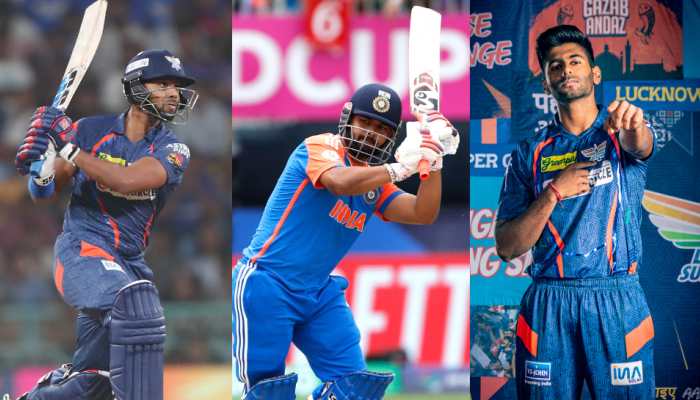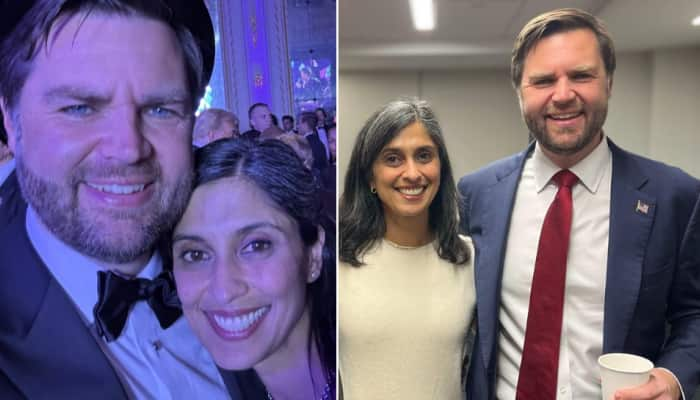Gujarat assembly election 2022: Will BJP again ride on Congress' KHAM formula?
Congress stalwart Madhavsinh Solanki came up with the KHAM (Kshatriya, Harijan, Adivasi and Muslim) formula in Gujarat to create a loyal vote bank for the party in the 1980s.
Trending Photos
)
New Delhi: In the early 1980s, Congress stalwart Madhavsinh Solanki came up with the KHAM formula in Gujarat to create a loyal vote bank for the party and retain power in this western state. KHAM stood for Kshatriya, Harijan, Adivasi and Muslim – the four dominant caste groups that the Grand Old Party was targeting. Some four decades later, the Congress is left only with Harijans (SCs) and Muslims in that combination, with the Kshatriyas and Adivasis standing rock solid behind the Bharatiya Janata Party (BJP) and Prime Minister Narendra Modi, much like the Patidars and other upper castes.
The 2017 assembly election was the closest contest between BJP and Congress in at least two decades. Riding high on the Patidar agitation led by Hardik Patel, and trying to inflame caste passions among Dalits and OBCs through Jignesh Mevani and Alpesh Thakor, the Congress sniffed an opportunity to unseat the BJP in Modi's home state.
However, the BJP returned to power, albeit with reduced seats. It witnessed a marginal drop in support among Patidars and OBCs but increased its vote share among Dalits and Muslims by 16 per cent and 7 per cent.
Patel and Thakor are now with the BJP.
The 2019 Lok Sabha election reinforced Gujarat’s faith in Modi’s leadership.
According to a CSDS post-poll survey, 82 per cent of upper castes, 63 per cent Patidars, 58 per cent Kshatriya-Thakors, 78 per cent Kolis and 61 per cent of STs voted for the saffron party.
At 48 per cent, OBCs form the largest voting bloc in Gujarat, followed by STs at nearly 15 per cent. Kshatriya-Thakors and Kolis together account for 44 per cent of OBCs, while Bhils comprise 46 per cent of the ST population.
Other powerful constituencies are Patidars (11 per cent), Muslims (9 per cent) and SCs (7 per cent).
A region-wise analysis by Ashoka University’s Trivedi Centre for Political Data (TCPD) shows that the BJP has been able to retain the lead in Central Gujarat in successive elections. Central Gujarat sends the highest number of legislators to the assembly – 61.
South Gujarat also remains a BJP bastion, while the Congress is marginally stronger in the northern parts of the state.
Another player in Gujarat politics is the Bharatiya Tribal Party which mainly commands support among the state’s ST population.
With the entry of Arvind Kejriwal's Aam Aadmi Party (AAP), political observers feel the state will witness a tri-cornered contest in the true sense of the term in decades. A decent showing in the last civic polls has emboldened the AAP to go all out against both BJP and Congress.
The Asaduddin Owaisi-led AIMIM is also in the fray, eyeing Muslim votes. However, some analysts believe that both these parties will in fact cut into Congress votes, handing the BJP an advantage.
Some opinion polls have also predicted a BJP victory in Gujarat.
Stay informed on all the latest news, real-time breaking news updates, and follow all the important headlines in india news and world News on Zee News.
Live Tv







)
)
)
)
)
)
)
)
)
)
